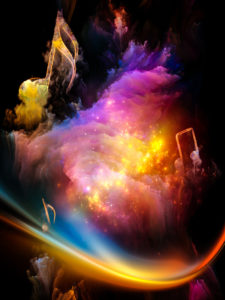
The dancer brings life to empty space, filling it with rhythmic forms traced by the dancer’s moving limbs. Thus “spatial harmony,” according to Rudolf Laban, “is our basic experience in dance.”
The human body is solid and full; the surrounding space is insubstantial and empty. Yet a harmonic relationship exists between the two.
Laban understood that the spatial trace-forms the dancer creates are dependent on bodily proportion, joint structure, and range of motion. Body and space are different, yet harmonically interrelated.
Laban exploited this understanding of body and space in the many rhythmic trace-forms he designed. These spatial harmonies are meant to be experienced.
Find out more in the forthcoming Red Thread course, “Movement Harmony Part 1, Space Harmonies.”
